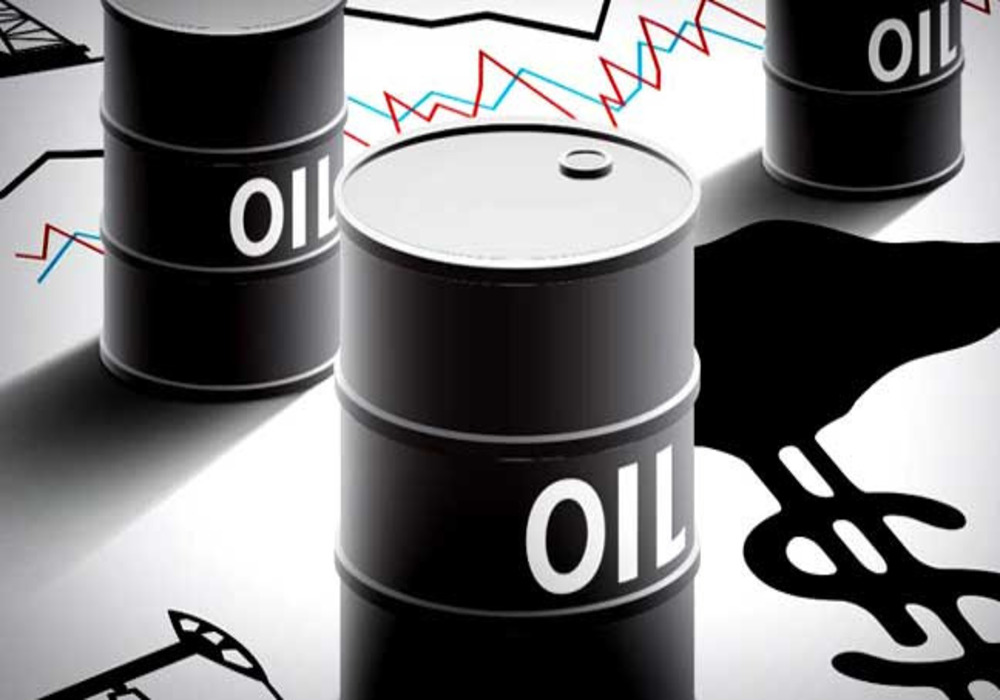After China, the second-largest economy in the world, reopened its borders for the first time since 2020, oil prices increased by more than 1% on Monday.
For the first time since enacting travel restrictions in March 2020, the largest oil importer in the world allowed foreign visitors back inside.
As the nation fights a surge in cases of COVID-19, incoming travelers won’t need to quarantine, marking a significant change in the COVID-19 policy.
They will nevertheless demand evidence of a negative PCR test conducted within 48 hours of the trip.
The market applauded the decision because it improved expectations for fuel demand and overshadowed worries about a global recession.
It caused the US West Texas Intermediate crude (WTI) to rise by 86 cents or 1.2 percent to $74.63 a barrel and the Brent crude futures to rise by $1.08 or 1.4% to $79.65 a barrel.
Monday’s rally came after both oil benchmarks fell by more than 8% last week, marking their biggest weekly declines at the start of a year since 2016.
The country’s authorities predict that during the Lunar New Year season, there will be about 2 billion domestic trips, which is roughly twice as many as there were in 2018 and 70% more than in 2019.
Despite the oil’s recovery on Monday, there is still concern that the huge influx of Chinese tourists may lead to another spike in COVID infections, and more general economic worries also persist.
China implemented one of the strictest COVID-19 health policies in the world over the past three years, which resulted in numerous lockdowns, frequent testing requirements, and a significant negative impact on the country’s economy.
Oil prices also increased as a result of less hawkish remarks from the US Federal Reserve and a weakening US dollar on Monday, when the US Dollar Index fell by 0.82 percent.
After four consecutive 75 basis-point increases in interest rates last year, the US Federal Reserve raised rates by 50 basis points last month, but stated that it was likely to keep rates higher for longer in order to control inflation.
Additionally, in order to restock the Strategic Petroleum Reserve, the US Department of Energy (DoE) is attempting to persuade producers to sell oil at a favorable price of around $70 per barrel (SPR).
The DoE reportedly rejected the initial bids on Friday because they were unfavorable to taxpayers, according to reports. It will become more challenging to refuel the SPR, which has fallen to its lowest level since 1984, if oil prices rise further.


